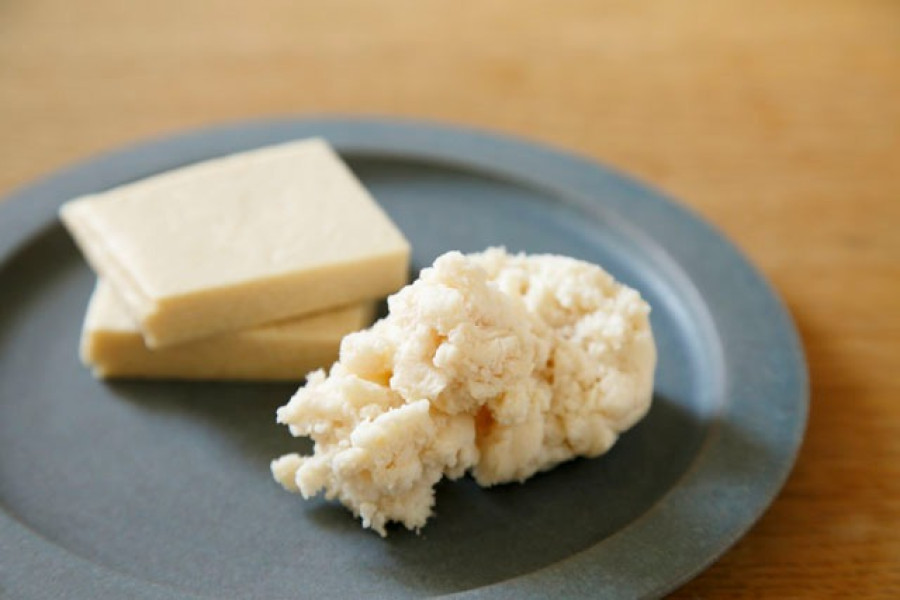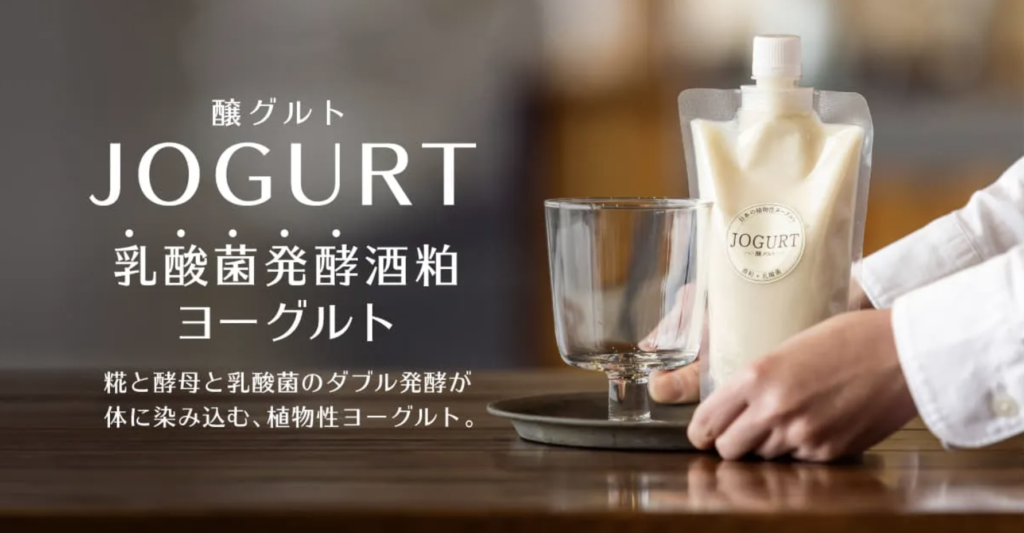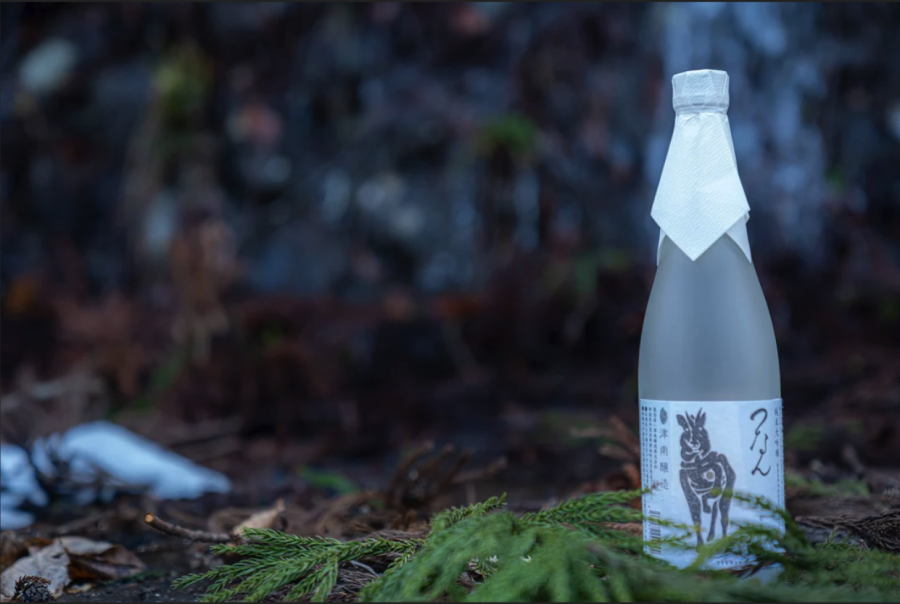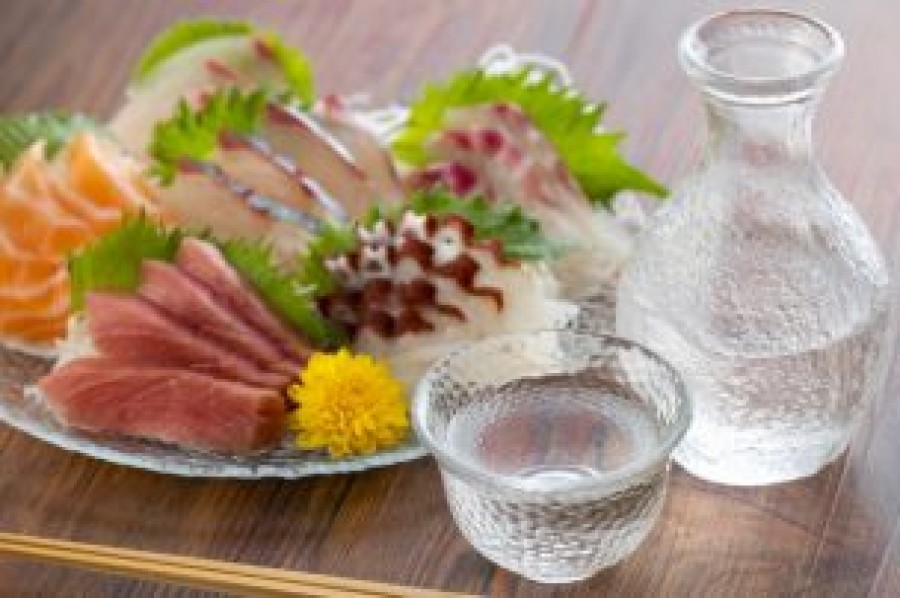Japanese food culture incorporates fermented foods as a matter of course in its everyday diet. Basic seasonings such as miso, soy sauce, vinegar and mirin are all fermented foods.
Among these, 'koji' and 'sake-kasu' are the two most commonly heard of these days. Both are common ingredients used in amazake. However, it is surprisingly difficult to know what ingredients they actually contain and who they are recommended for.
'I've heard of koji, but I can't explain it...'
This article therefore provides a clear explanation of the differences between koji and sake lees, and the components of each!
'Koji' = mould suitable for food!
If you look up 'kojakin' (麴菌), you will find this explanation.
The akobacteria are a type of micro-organism necessary for the production of traditional Japanese foods such as sake, mirin (sweet sake), soy sauce and miso. The fungus, with the scientific name Aspergillus oryzae, is found in grains and legumes such as rice, soya and wheat. It secretes enzymes that break down starch and other substances, producing amino acids, sugars, antioxidants and B vitamins.
...It's a bit difficult. Let me explain in a little more detail.
Fungi are only active in order to increase their own offspring. The way they increase their offspring varies from fungus to fungus, but where they get their nourishment is from the food to which they are attached. How they eat the food is by producing 'enzymes' from their own bodies to break it down. If you compare this to a person, they would spit out gastric juice from their mouth to dissolve the food into mush and then eat it. (Sorry for the weirdness ...)
In essence, bacteria do not have digestive organs such as a 'stomach' or 'intestines' in their stomachs, so they break down food by puking out enzymes and taking the nutrients into themselves in smaller molecules.
Therefore, when the koji attaches itself to the rice and reproduces in a good environment, the rice becomes a sloppy porridge, which is called 'amazake' or 'moromi', depending on the brewing conditions.
The fact that amazake is a porridge that has melted into a slushy consistency is the result of this kind of activity by the 'koji'.
advertisement
'Sake lees' = sake lees!
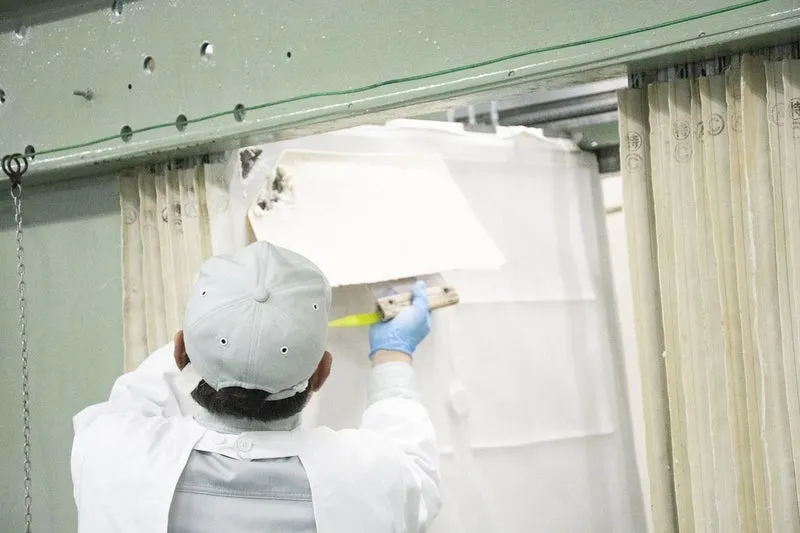
Now let's talk about 'sake-kasu'. The fungus called 'yeast' enters the place where the 'koji' described earlier has turned the rice into a porridge-like slop. In the case of sake-kasu, the biggest point is that two types of fungi are involved.
The job of 'yeast' is to eat sugar and 'make alcohol and carbon dioxide'.
When sake is brewed, sake rice is first steamed, and then soma bacteria are added to the rice to multiply it. During this process, the enzymes secreted by the bacteria break down starch into glucose, producing a large amount of sugar. The sugar produced in this process is converted into alcohol by the yeast, which is the base of sake. At this point, the appearance is still 'porridge-like'.
Squeezing this porridge-like sake base separates it into a 'liquid' and a 'rice paste'.
This liquid is sake and the remaining rice paste is 'sake-kasu'.
The "good points" and "points to keep in mind" of each.
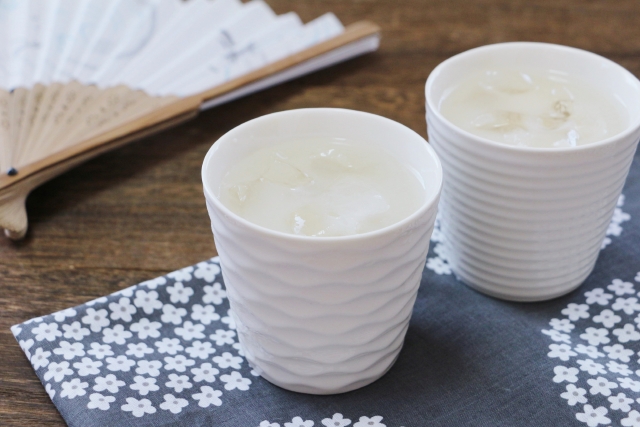
Both koji and sake lees are excellent in terms of nutrition, but each has its own characteristics and precautions.
[Malted rice].
'Amazake', in which the rice is dissolved by the malted rice, is not called fermentation, but an activity called 'saccharification'. It breaks down carbohydrates into small sugars called 'glucose'. It is the same phenomenon as when you chew rice or bread in your mouth all the time and it becomes sweet.
Glycation by yeast not only improves the taste and flavour of food, but also has the added benefit of breaking down carbohydrates into monosaccharides, thereby improving digestion and absorption. In addition, saccharides are rich in amino acids, vitamins and other nutrients that have a positive effect on the body.
This is why amazake is called a 'drinking infusion'. It is the ideal drink for those who want to quickly replenish their nutritional needs and take in nutrients without putting a strain on the gastrointestinal tract.
However, care should be taken not to drink too much as it is an 'easily absorbed sugar'.
This drink is not recommended for people with high or elevated blood sugar levels.
Please note that you need to find out the right amount and timing of drinking for your condition.
[Sake lees].
Sakekasu, which is derived from sake, produces nutrients that could not be obtained from koji alone, which is a good thing in koji amazake. As this is a fermented food, further health benefits can be expected.
It is said to contain 500-600 nutrients that are useful for people, not only for nutrition, but also for gut health, beauty, depression, cold, improvement of internal organ functions and cancer prevention, to name but a few. It is also lower in sugar than koji amazake because the yeast utilises sugar.
However, as it is a by-product of sake, care must be taken to avoid 'alcohol'.
Small children, alcohol-sensitive people and pregnant and nursing women may be concerned about residual alcohol. Also, care should be taken when eating, especially if you are driving.
Both are great foodstuffs from rice and bacterial activity.
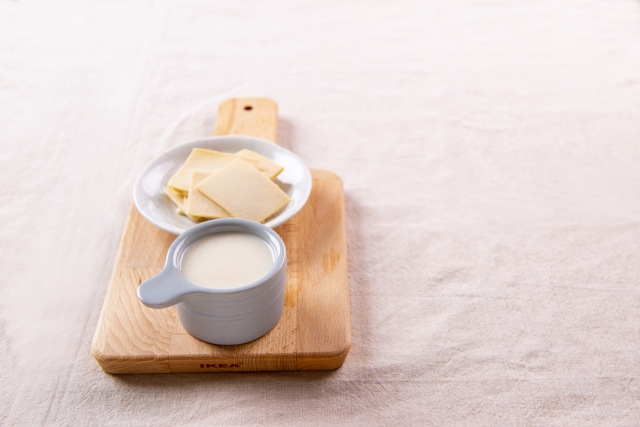
Both are very good foods, although each has its own points to be aware of. There are also a variety of recipes available for both that can be used in everyday meals if the points are taken into account.
Hacco to go!, a shop specialising in sake-kasu, also introduces 'tips for removing alcohol' and 'recipes' for sake-kasu. We want to incorporate this excellent Japanese fermented food into our daily diet without difficulty!
▼ If you want to consume sake lees more easily, click here.
******************
For recipes and other information on sake lees, click here.
Hacco to go! HP https://haccotogo.com/
Instagram @haccotogo
Twitter @Haccotogo
******************
advertisement


